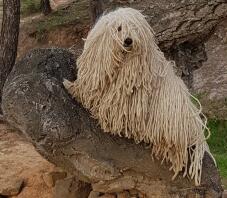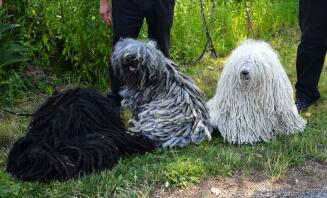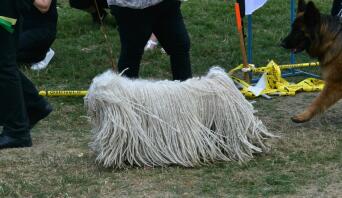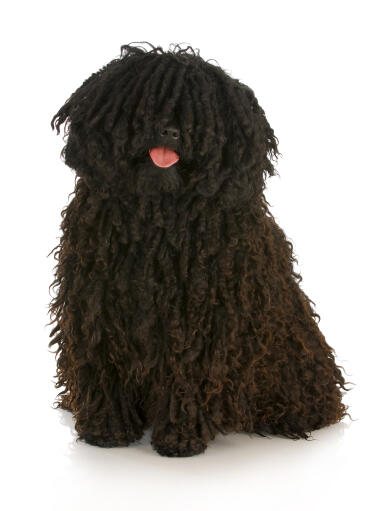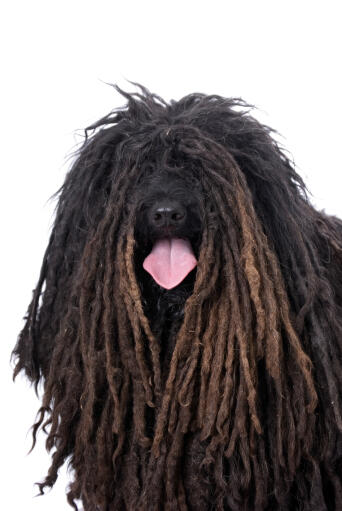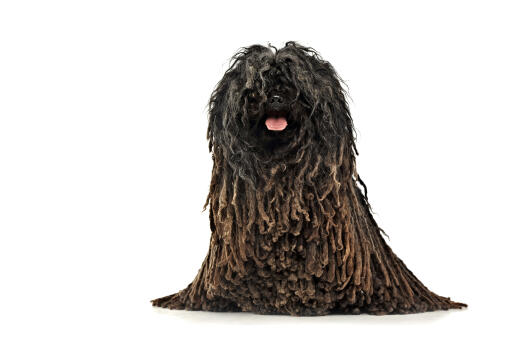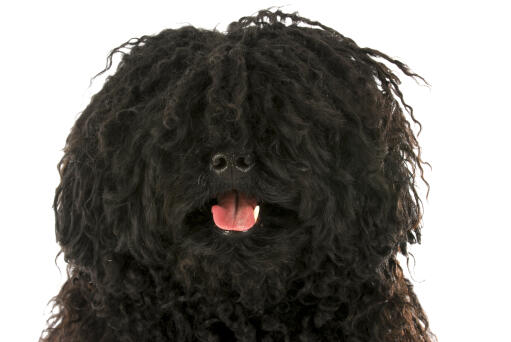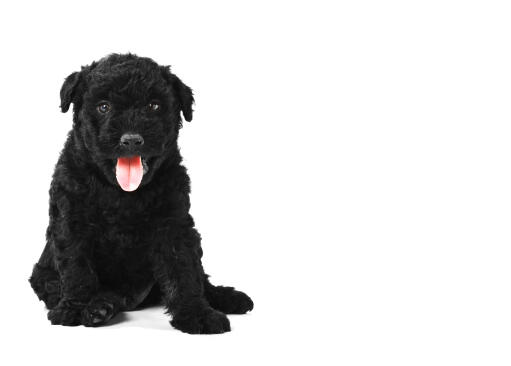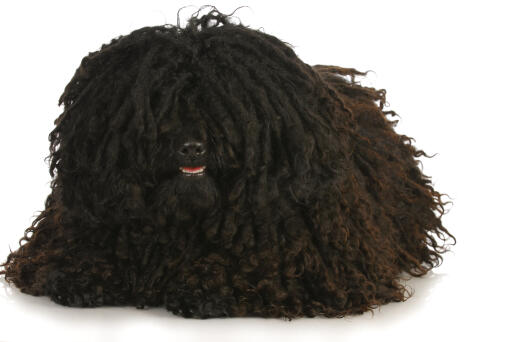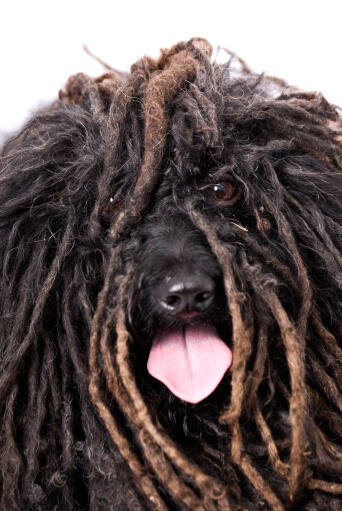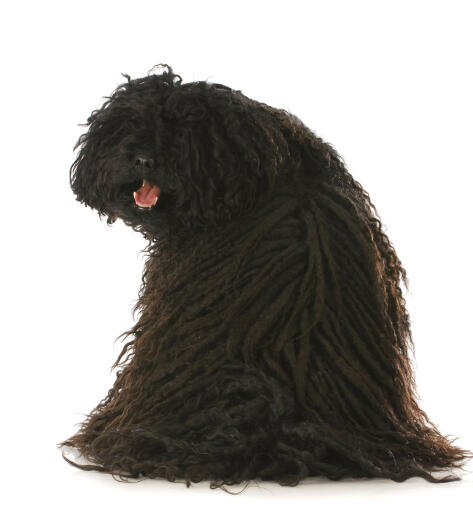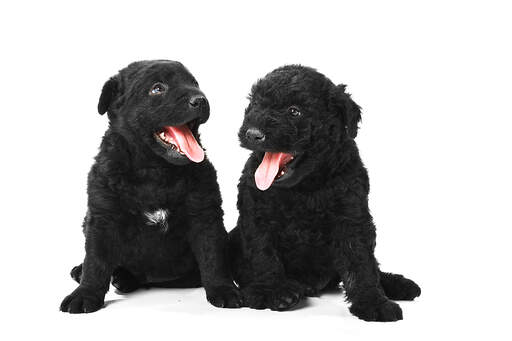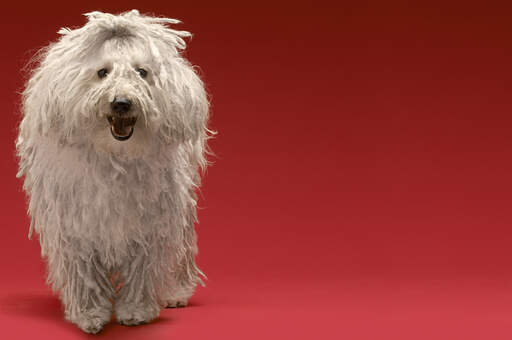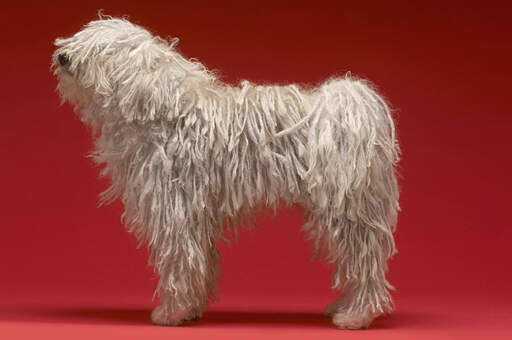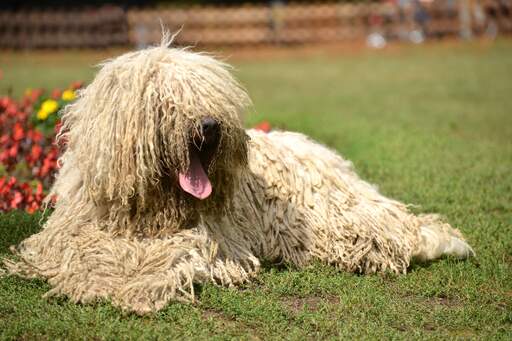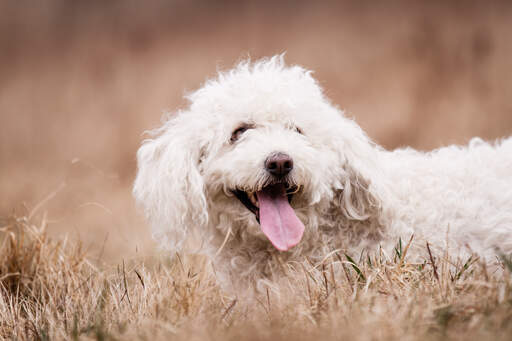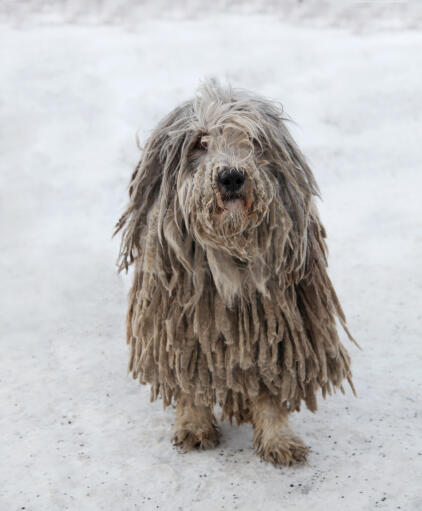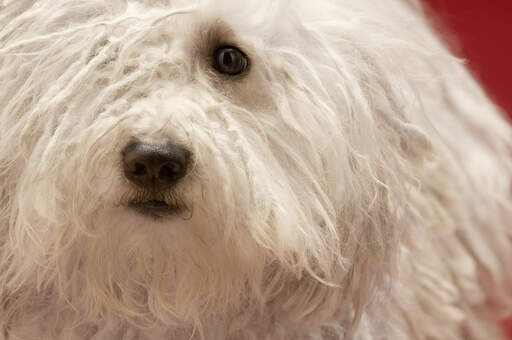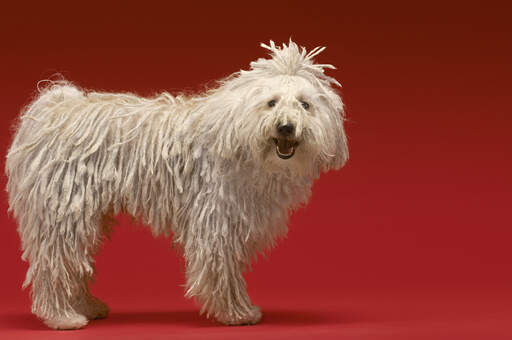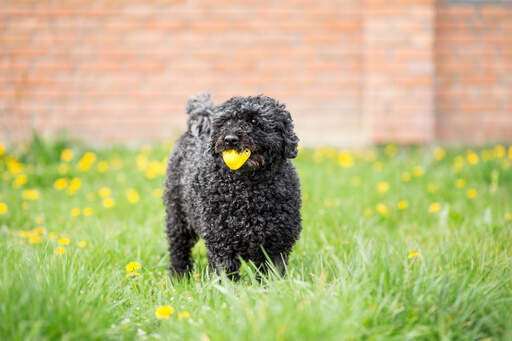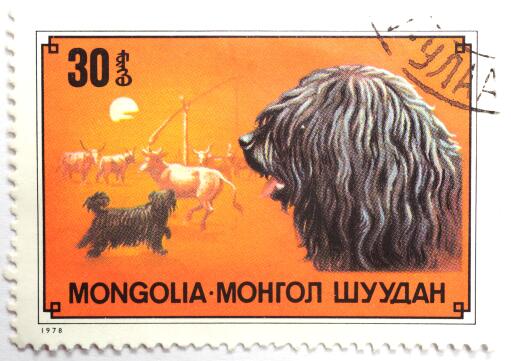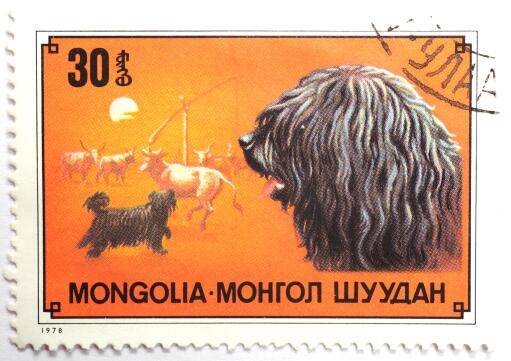Puli Dogs



















History
Also sometimes called the Hungarian Water Dog, this dreadlock cladded breed has its origins in Hungary where it was used by farmers to herd sheep. Shepherds usually preferred the black variation as they were easier to spot amongst a flock of sheep. As is unfortunately the case with many other breeds, this dog’s numbers dropped rapidly during the first and second World Wars. But thanks to a concerted effort and breeding program, their numbers slowly rose once again. Today they are still mostly used as working dogs, though some are kept as pets and show dogs. Hungarians are seemingly very proud of this breed, and the phrase “he’s not a dog, he’s a Puli” can often be heard.
Behaviour
Pulis are a sociable breed, they love to receive a lot of attention from those around them, often actively seeking it out if they feel that they aren’t getting enough. They will remain loyal to their owner/family all throughout their lives and in general are a joy to be around. They are great with respectful children and make for a good family pet. Their loyalty causes them to be protective of their family and wary of any new faces, so early socialisation, which will in turn help with their social skills as they can get aggressive with dogs of the same sex, is important. They bark a lot, which can be good if you are looking for a watchdog, but will get rather annoying if they’re just being kept as pets. The Puli seems to love its own voice and will want to use it as much as possible, the “quiet” command will be needed.
As is the case in many other herding breeds, they sometimes may try to herd children and sometimes even adults. This is a smart breed that learns at an above average rate, though they can be stubborn at times. A firm but kind hand will be needed when training this breed, though once the Puli learns something, it never forgets. They tend to do well in herding and agility competitions and have an eager, want-to-please attitude.
The Puli has a unique coat which will require a fair amount of care. The breed is born with a fine, fluffy coat which begins to cord at around a year of age. Some individuals cord naturally, though usually it is helped along by the owner to cord the coat fully to a felt like structure. They are usually fully corded at around 4 years old. Regular attention will be needed to prevent matting and bathing is a slow and long winded process, the fur can take up to a day to fully dry out. Some owners like to clip the coats to a much shorter length to make grooming easier, though many think that this causes the dog to lose its unique appeal.
The breed can also be brushed if you don't like the corded look, in such cases brushing is needed every other day as the dog will naturally start to cord. They shed little to no-hair and are classed as a non-shedding/hypoallergenic breed, perfect for allergy sufferers.
Temperament
The Puli is a curious and energetic dog that will never fail to amuse. Great as a working dog or pet. They love to explore their surroundings and always keep an eye on their family. They make great watchdogs. They do well with pets, but their protective nature mean that they care little for strangers.
Health Problems
Health problems that may affect Pulis includes canine hip dysplasia (CHD), luxating patella (dislocation of the knee cap), progressive retinal atrophy (PRA: degeneration of the retina which can lead to blindness), cataracts, heart disease and allergies.
Breed Details
- Status: Common
- Life Expectancy: 12 - 16 years
- Weight: 20 - 35 lbs
- Height: 16 - 17"
- Rare: No
- Coat: Long - Hypoallergenic
- Grooming Requirements: Everyday
- Town or Country: Either
- Minimum Home Size: Small House
- Minimum Garden Size: Small to Medium Garden
- Breed Type: Herding
- Size: Large
- Energy Level: High
- Exercise Required: Up to 1 hour
Puli Pictures
